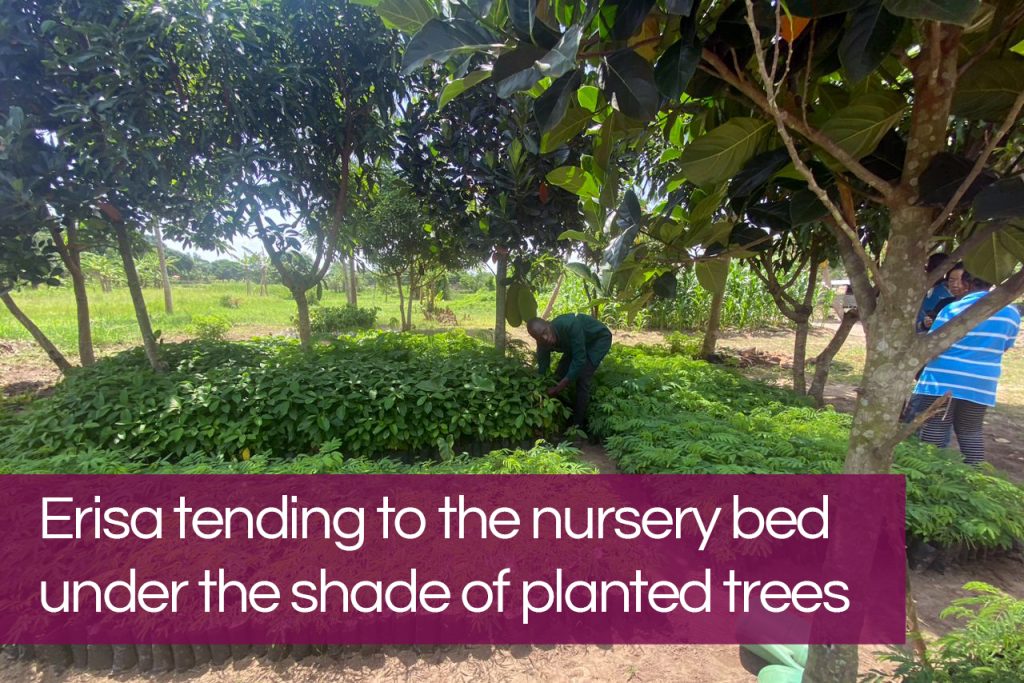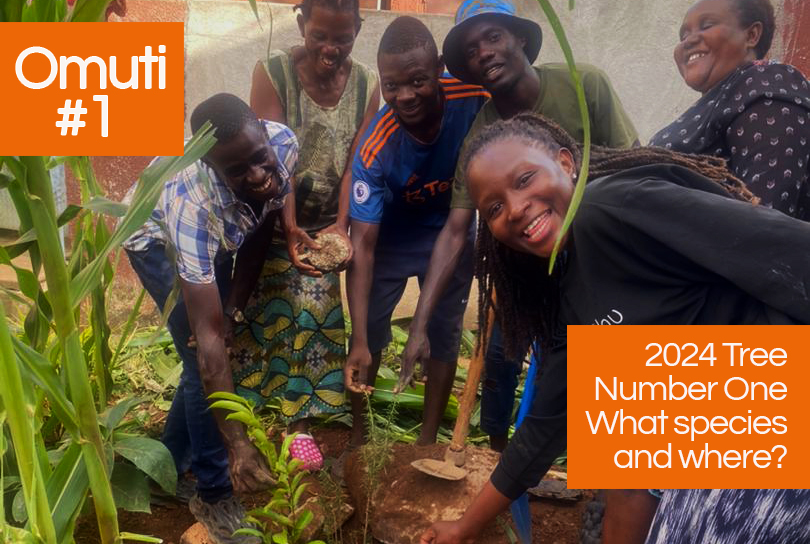Planting trees between crops, known as agroforestry, offers several significant benefits for farms. At Ewaka Mixed Farm, our flagship demonstration farm, you will notice trees dotted every few meters. A mango tree can be found next to the tomato patch, while the pawpaw offers shade to the soursop seedlings. The land the farm sits on, and most of the adjacent area, was once rich native forest. We are committed to replanting native species and creating a forest once again on the farm. We know our temperatures will drop as more trees provide shade and help stabilize water retention in the ground. Drought is a problem on this land now, and wind storms are a regular occurrence as the neighboring sugar plantations increase deforestation further.
Here are some key reasons why planting trees in addtion to crops on your land advantageous:
1. Enhanced Soil Health
- Nutrient Cycling: Trees help recycle nutrients through deep root systems, bringing up minerals from deeper soil layers to the surface, which can benefit shallow-rooted crops.
- Soil Structure: Tree roots improve soil structure by increasing organic matter and promoting soil aggregation, leading to better aeration and water infiltration.
2. Increased Biodiversity
- Habitat Creation: Trees provide habitat for beneficial insects, birds, and other wildlife, which can help with pest control and pollination. Many of the crops on our land need to be pollinated by insects.
- Crop Diversity: Integrating trees with crops increases plant diversity, which can lead to more resilient ecosystems and reduced pest and disease outbreaks.
3. Improved Microclimate
- Windbreaks: Trees act as windbreaks, reducing wind erosion and protecting crops from wind damage.
- Temperature Regulation: Trees provide shade, which can lower temperatures and reduce heat stress on crops, particularly in hot climates.
4. Water Management
- Water Retention: Tree roots help retain water in the soil, reducing runoff and improving water availability for crops.
- Reduced Erosion: Tree roots stabilize the soil, reducing erosion and preventing the loss of topsoil, which is critical for maintaining soil fertility.
5. Carbon Sequestration
- Climate Mitigation: Trees capture and store carbon dioxide from the atmosphere, helping to mitigate climate change. This can also provide carbon credits for farmers as an additional income source.
6. Economic Benefits
- Diversified Income: Trees can provide additional products such as fruits, nuts, timber, and firewood, diversifying farm income.
- Risk Reduction: Diversified systems can reduce financial risk by not relying solely on a single crop, which might fail due to pests, diseases, or extreme weather.
7. Sustainable Practices
- Reduced Chemical Use: Agroforestry can reduce the need for chemical fertilizers and pesticides, promoting more sustainable farming practices.
- Long-Term Productivity: By enhancing soil health and biodiversity, agroforestry can lead to more sustainable long-term productivity and resilience of the farming system.
8. Aesthetic and Social Benefits
- Landscape Beauty: Trees enhance the aesthetic appeal of the farmland, which can have social and recreational benefits. For the farm workers it is of personal benefit to have trees surrounding their homes to reduce temeratures and provide shade when resting.
- Community Benefits: Well-managed agroforestry systems can provide social and cultural benefits to farming communities, including educational and recreational opportunities.

In summary, integrating trees with crops can lead to improved soil health, increased biodiversity, better water management, economic diversification, and enhanced resilience of farming systems. These benefits contribute to more sustainable and productive agricultural practices.
Why not book a tour at our demonstration farm? Contact kerry@mambya.org to find out more



